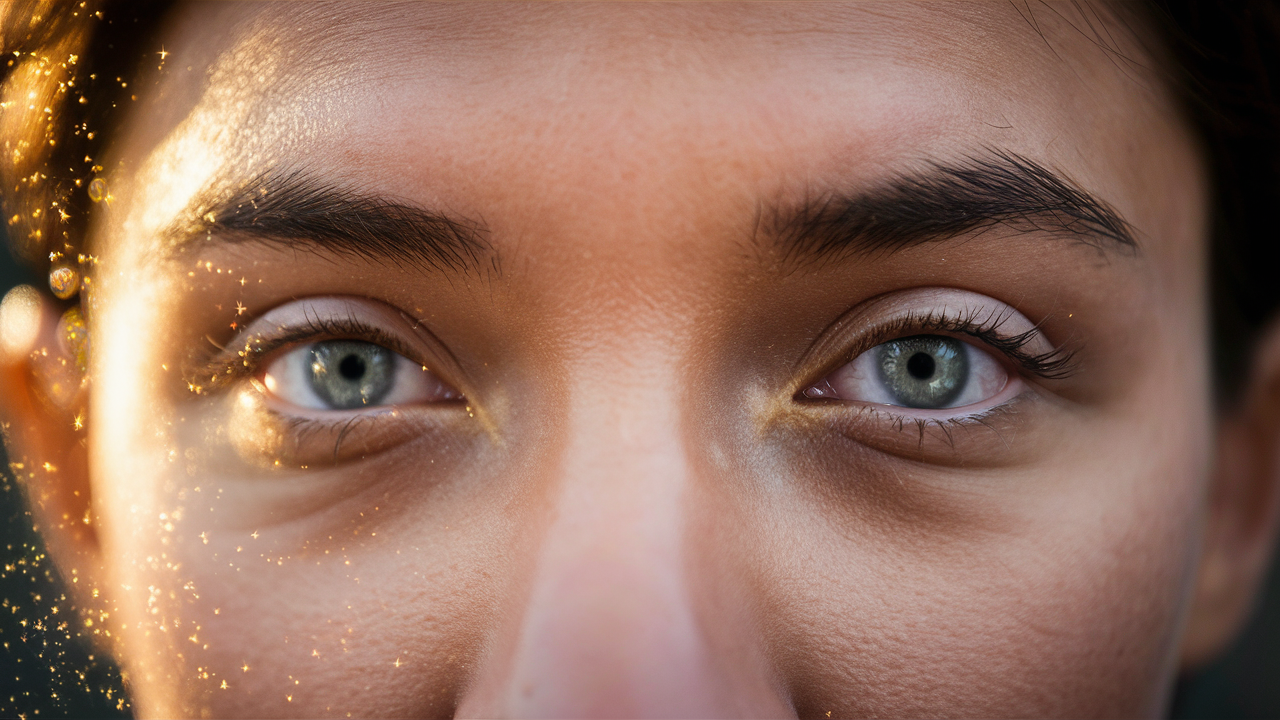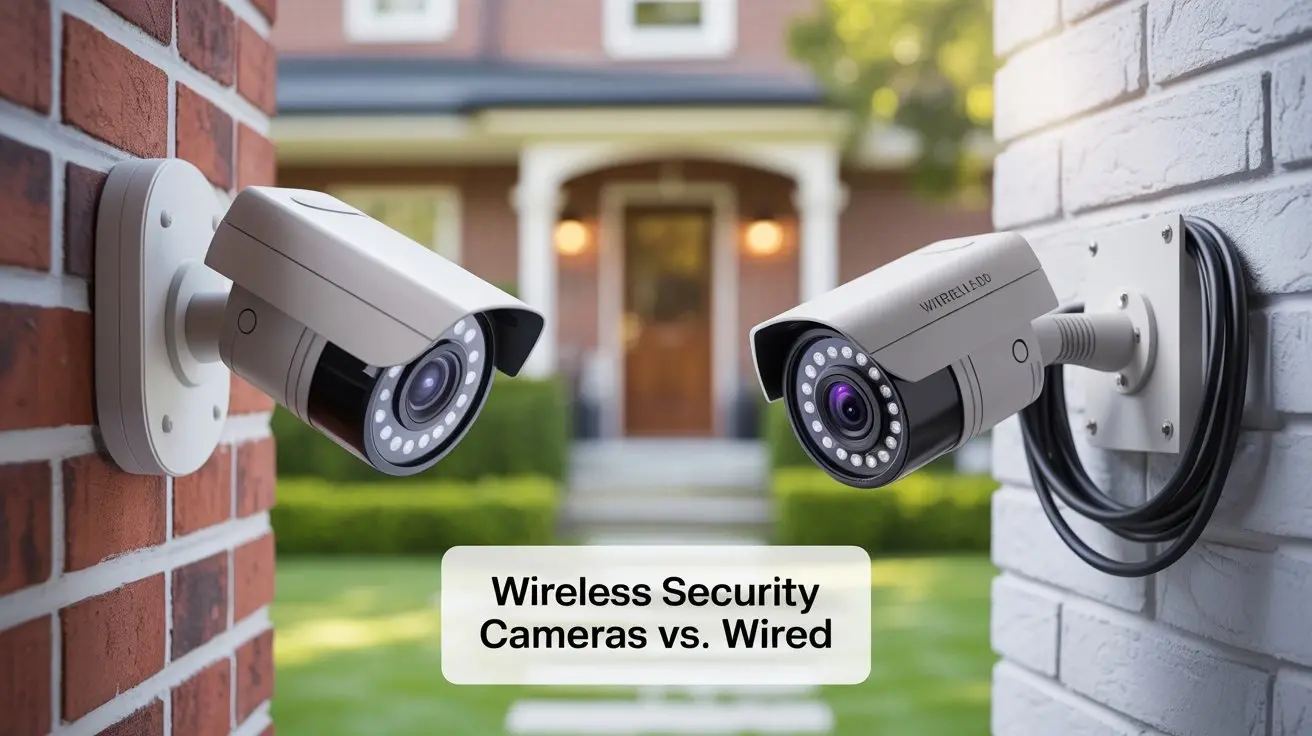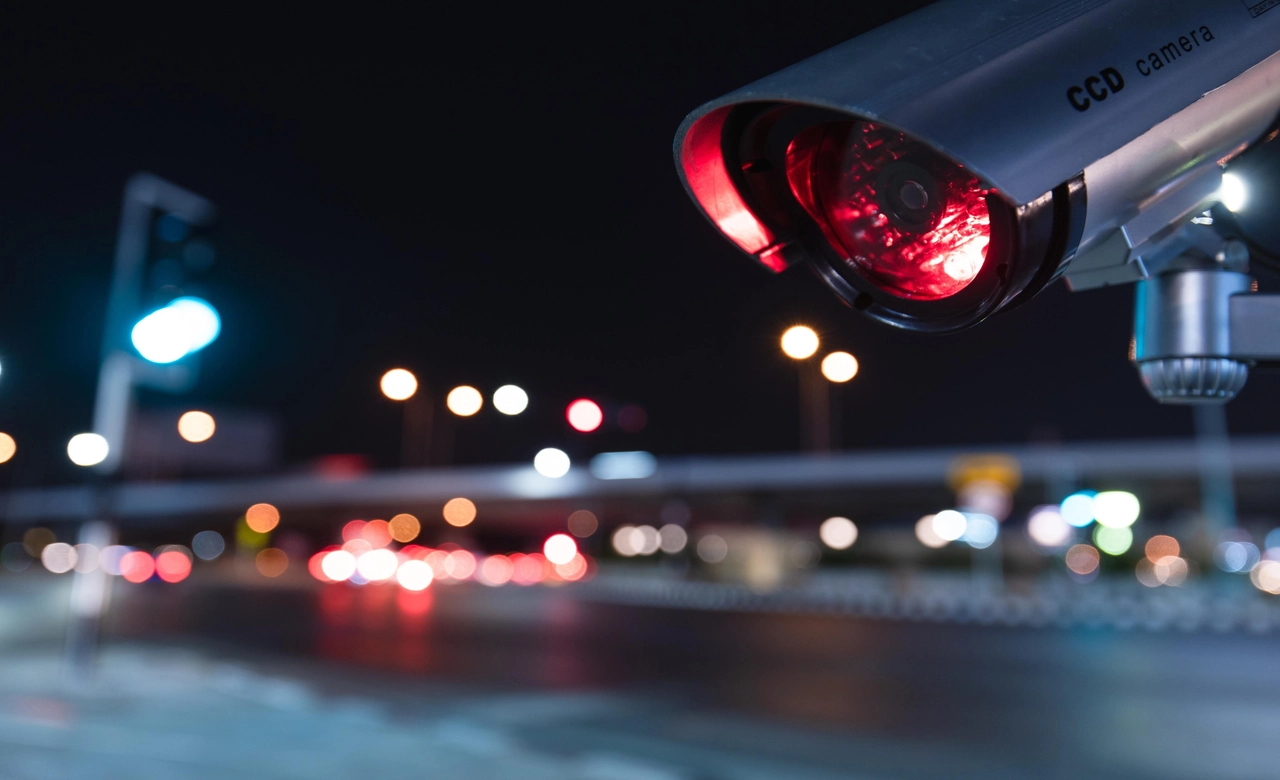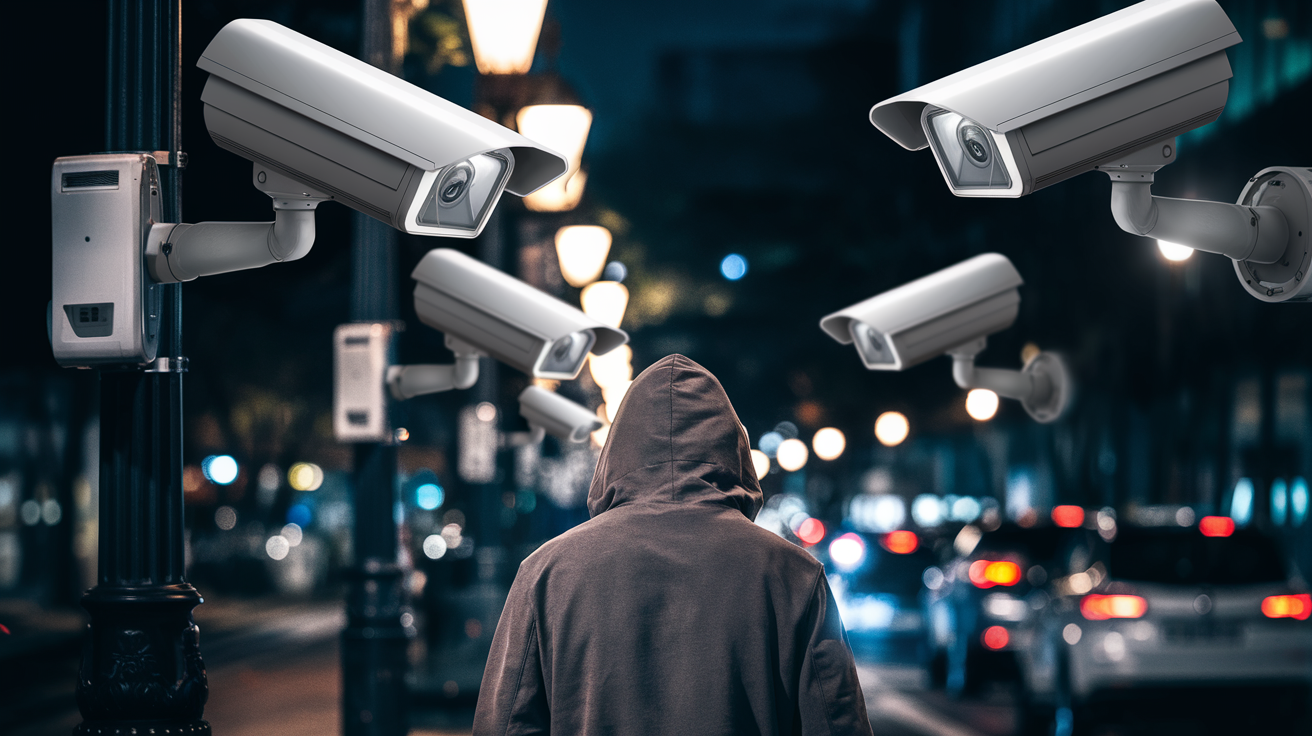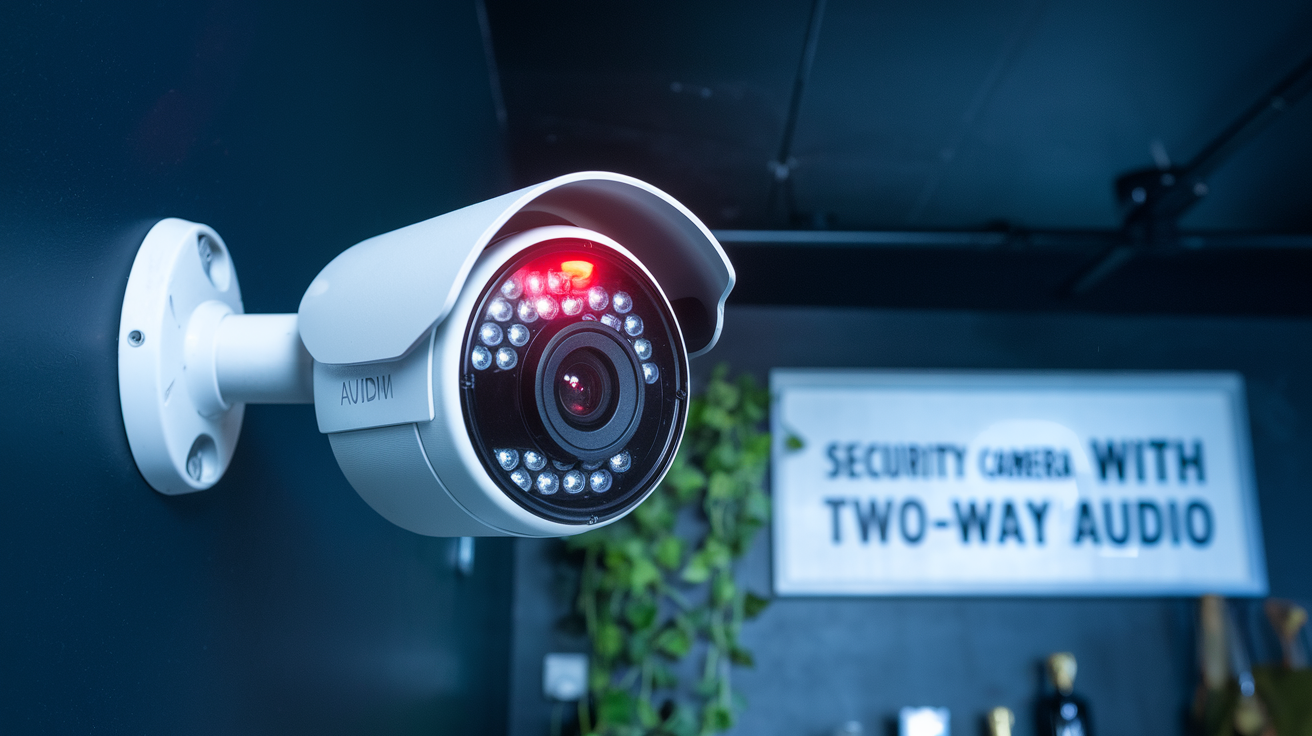Blinks are involuntary and involve the quick and short closure and reopening of the eyelids. A blink is an involuntary and somewhat reflexive action of the eyes that aids in the distribution of tears over the ocular surface and the removal of debris from the surface of the eye. They also help in keeping the eyes moist and properly lubricated all the time.
In general, people tend to blink about twelve to twenty times per minute or 10,000 to 15,000 times per day. In general, an individual blink is extremely brief, with average duration ranging from one-tenth to four-tenths of a second. Eye idling decreases when a person is trying to focus on something or during visual inspection since we are known to blinkless. It can go down to as little as three or four blinks per minute when we are staring, or putting our visual focus on a special object or a certain area. For a long time, the eyes do not blink, they get red and uncomfortable, and one blinks reflexively to moisten them.
In addition to this, blinking has other health and communication roles apart from the general role of lubricating the eyes. A blink is an opportunity to close the eye at least for a few seconds, which is sufficient for the brain to rest after perceiving visual data. Blinking helps this neural rest and refresh mechanism in a way. Blinks also help in recalling words, idea generation, and language comprehension since they act as nonverbal gestures when talking to others.
The blink reflex is partially mediated by these two automatic pathways in the brain and enables us to produce adequate lubrication and maintain the health of our eyes without necessarily having to think about it. However, we can also choose to blink when we want to blink, which again proves that there is also voluntary control over this reflexive movement. Blinking, as with respiration, is regulated by a dual bracket with lower reflexive structures and overlying purposeful, deliberate circuits. This allows blinking to occur unconsciously but still permits conscious blinking when needed at the same time.
The basic actions include moving the upper and lower eyelids over the eyeball to spread a layer of tear film over the eye’s surface and then opening the eyelids to restore the ability to see momentarily lost behind the lids. The steps happen consecutively and the whole blink cycle takes less than half a second before it begins the cycle again.
The eyelids consist of several muscles which are innervated by facial nerves to trigger the blinking of the eyes. During blinking, neural signals are sent to both sides of the face to open and close the eyelids. Abnormalities with these nerves or muscles of the eyelids can cause issues with blinking. For instance, some people are affected by the condition known as lagophthalmos, in which the eyelids do not shut completely during a blink. This can be a result of injury or paralysis of the facial nerve. Patients with lagophthalmos must suffer from dryness of the eyes and inflammation, as the blink reflex is impaired.
Blink rate and strength are also known to reduce with age. It was also found that elderly people above the age of 60 blink rarely and they also do so gently. The reduced rate of blinking with age also makes older people more prone to more severe dry eye conditions. It is sad to note that by the time people have reached their 70s and 80s, the total number of blinks in a day could be cut down by about half. Sometimes, doctors advise exercises to help seniors regain the blink reflex to provide sufficient lubrication to the eyes.
Other than aging, blinking is affected by factors such as certain health conditions. Slowing down the rate of blinking is evident in people with vision or eye injury for instance corneal abrasion. Dry eyes are uncomfortable and also prevent blinking. Some neuropathological disorders such as stroke, Parkinsonism, and blepharospasm manifest abnormal blinks. Some drugs that are administered in the treatment of psychiatric conditions can also affect blinking. Over and under-blinking disorders are treatable conditions that call for diagnosis and treatment of the disease process.
Apart from this, blinking also offers some measure of protection against objects suddenly striking the eyes dry. The blinking reflex is known to become more active if a person flicks an object in your direction at the face or blows at your eye. The rate of blinking also increases during conditions such as stress and anxiety as well as in conditions such as bright light and wind. The above-increased blink rate assists in protecting the sight from being distracted or injured in such situations.
The synchronized nature of the blinking of eyes among two or more people who are deeply involved in a conversation assists in relaying nonverbal signals and stressing. In the same conversation, the speaker will blink less often than the listener, particularly when the speaker is speaking. The listener’s blinks most frequently are observed during or right after the pauses in the speech phrases or at the end of the turns of the conversation of two or more individuals. In this way, the blinking works to control the flow of the conversation in the back-and-forth between individuals. It indicates small shifts between two or more speakers and implicitly identifies the pertinence of particular words or expressions in a conversation.
However, the temporal patterns of blinks offer some insights into the relevance of the talk. Studies with videos or stories eliciting emotion or carrying some form of message reveal that participants blink more during the suspenseful portion, have an element of a twist, or that is generally more complex cognitively. They sleep with their eyes open and fewer blinks occur during the neutral or when the content of the conversation is not challenging and does not demand attention. The blink patterns show the additional cognitive mental activity and enhanced knowledge involved in the phrases or the particular aspects of the stimuli that elicit more interest or demand more evaluation and analysis.
By consciously controlling the act of blinking, new avenues for blinking as a form of communication, similar to Morse code, are revealed. Maintaining a direct gaze with another person increases understanding when blinking purposefully in identifiable sequences. This way of blinking specific to each beat of the discussion aids in ascertaining comprehension of the information being discussed without disrupting the flow of the discussion by having to use verbal affirmations like saying “I get it” all the time. It’s much more efficient and direct, though, for instance, discreet purposeful blink in mutual understanding substitutes the words.
Intentional blinking is useful if practiced and also helps in controlling conversational disaster and understanding important facets. It becomes particularly important when it comes to situations that need a lot of concentration and any interruption of the thought process must be avoided at all costs. It can occur in business negotiations, in healthcare treatment planning and decision-making, and during lectures or class lessons when continuous verbal communication is disruptive. For nonverbal public communication without speaking for distances where gestures are too conspicuous and light signals are too slow for any sort of conversation, those who can co-ordinate blinking in rhythmic sequences of eyeball twitches or oscillations can establish a certain measure of two-way sensory reciprocity that is far more subtle than using letters or signs of the hands and fingers.
This outline overview of the definition, purpose, and mechanisms of blinking gives one a fresh perspective on this small involuntary movement of the eyelids that occurs unconsciously throughout every day yet plays a crucial role in maintaining the health and expression of the eyes. When it comes to such an elementary and seemingly inconsequential function as blinking, one is surprised at how it can contribute to the overall sensory and cognitive processes so crucial for survival. While it is possible to practically ignore blinking from moment to moment, proper blinking is healthy for the eyes as well as for social consciousness.
Protect your home today with ADT’s top-rated security solutions!
Call now at +1 877-470-7879 to get a free consultation and find out how you can secure your home with the best in the business. Don’t wait—ensure your peace of mind with ADT!
